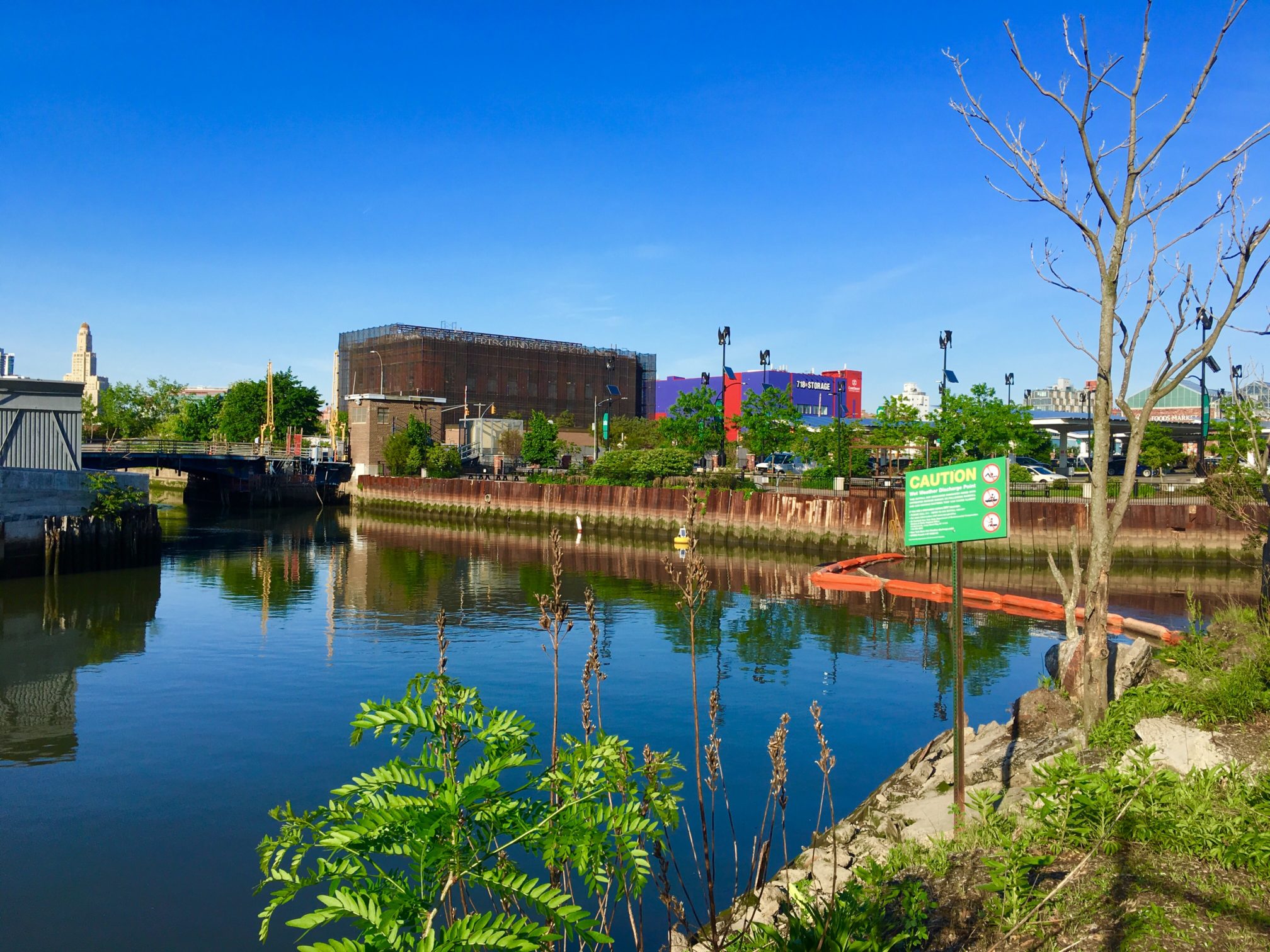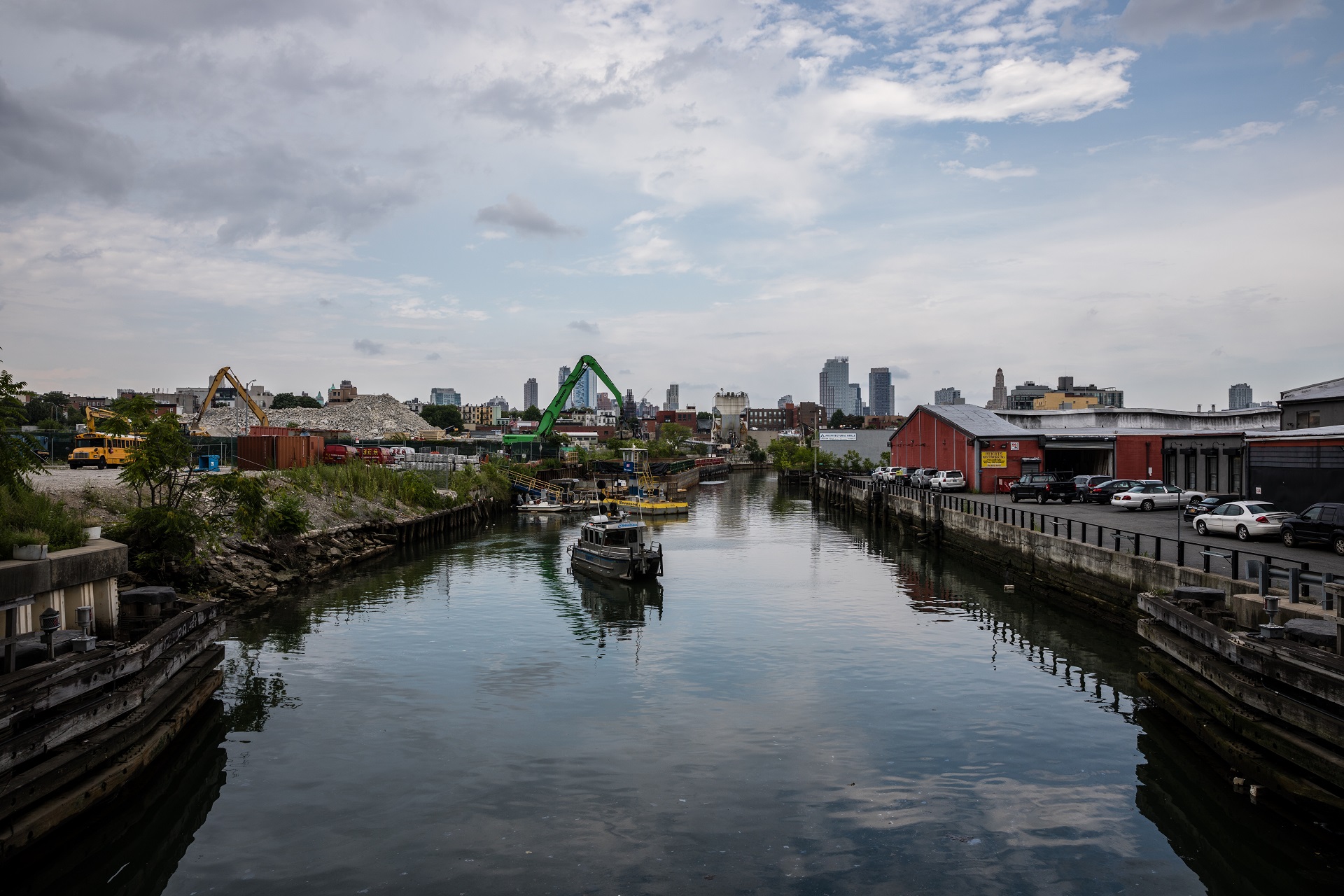These 5 Gowanus properties could become city landmarks
For some, "a great first step." For others, "low-hanging fruit."

The Batcave, which is shrouded in netting in this photo, is one of five Gowanus buildings the Landmarks Preservation Commission has calendared. Eagle file photo by Lore Croghan
The fabled Batcave and the Old American Can Factory artists’ studio are among a group of five Gowanus sites that could soon be added to the city’s list of landmarks, provoking mixed responses from preservationists and Gowanus residents.
The Landmarks Preservation Commission voted unanimously on Tuesday to put the five Gowanus buildings on its calendar: the Batcave, the Old American Can Factory, the Gowanus Canal Flushing Tunnel Pumping Station and Gate House, the Montauk Paint Manufacturing Company Building and the ASPCA Rogers Memorial Building.
The commission will hold hearings about granting them city landmark status.
